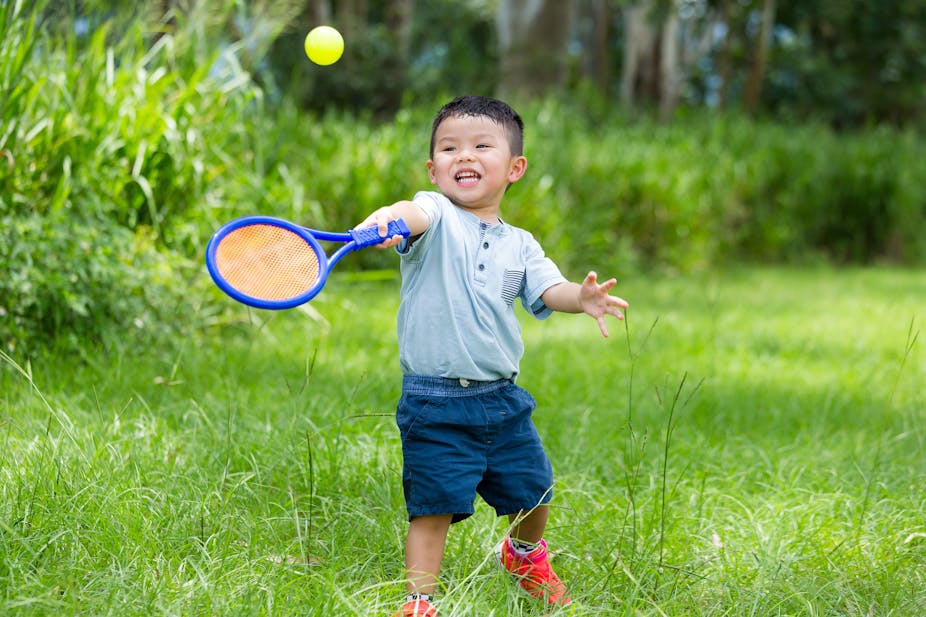
Walk & Talk
As starts the roaming, the vagrancy, the circumnavigation, the periplus, the journey, the travel(旅 56 itinérance, from Late Latin itinerāntem, from itinerāns, present active participle of itineror (“I travel”).
And the oratory, the eloquence and the peroration
Or the necessary & sufficient abilities to play in preset or newly-created scenarii (Jumanji & underneath Zathura)




Walking
Most babies begin walking anywhere between 9 and 16 months of age, with 50 per cent walking by 12 months, according to paediatrician William Sears. Most children "cruise" first, walking around the furniture, holding on for support, and then advance to wanting to walk holding your hands, a stage that can be very hard on parental backs. After that, a baby may want to walk holding onto just one of the adult's fingers for balance. Early walkers may have driven personalities, while late walkers may have a more cautious outlook on life. When they do walk, they may do it more competently than their early-walking friends and take fewer spills.


Talking
Most babies crawl and walk within a fairly short time period, but talking can really run the gamut. Babies of 12 months typically say one or two words, although only their parents may recognize them. By 18 months, the average baby says between five and 20 words. Between ages 1 and 2, most can put together a two-word sentence, and between 3 and 4, many know and use around 1,000 words. Concerning signs that warrant a talk with a paediatrician include not using gestures, such as waving bye-bye, by 12 months, not imitating sounds by 18 months and not saying words or phrases spontaneously at 2 years. An unusual tone of voice, such as raspiness or speech that's difficult to understand, also warrants evaluation. About 50 per cent of what a child says by age 2 and 75 per cent by age 3, should be understood.


Checking the charts
Research on developmental disorders suggests that the age at which infants hit motor or language milestones can be a “marker” of later outcome. In particular, studies have found links between early motor abilities and later language skill and social cognition in children with, and at risk of, an autism spectrum disorder. Similarly, children with developmental coordination disorder, which affects movement and co-ordination, can be distinguished by delays in early motor skill development. Children with language disorders too can be identified by their early language skills.
In this sense, milestones have some value for identifying young children that may require follow-up care. However, whether they can say anything about the future potential of children who are developing typically is less well known.
What we do know is that new skills grow from the acquisition of foundation skills. Crawling enables a child to move independently to objects that they would like to explore, and adults increase the type of social signals they offer the crawling child. Walkers, with their new vantage point on the world, are typically more socially interactive and better at sharing objects. Therefore, it may be expected that those children that reach motor milestones at an early age will benefit from more opportunities to learn and refine new skills in the long run.
A study using a British cohort looked at the relationship between early development and cognitive skills at the age of eight. Cognitive ability was determined largely by literacy-type assessments, like reading comprehension and vocabulary, and a single measure of non-verbal IQ. While motor and language milestones were identified retrospectively by parents, meaning the accuracy may be questionable, the findings do suggest a tentative link between early and later development.
No comments:
Post a Comment